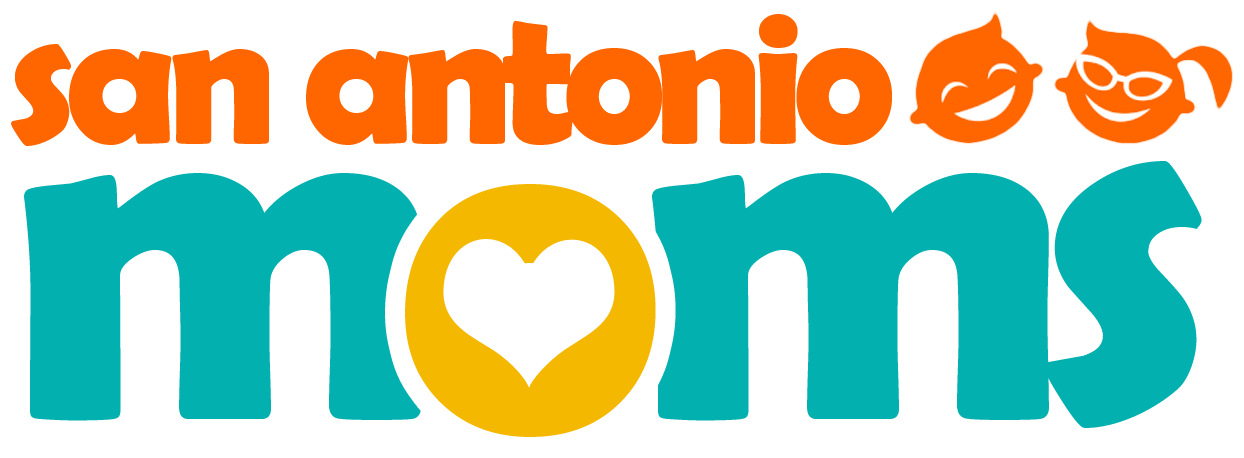GATE Students Enjoy Storytelling
Table of Contents
Teachers, in general, can sometimes find it difficult to find lessons that can help bright, advanced or gifted and talented students gain some fresh perspectives by using higher-order thinking skills and abstract thinking – there is no end of the kinds of differences that a teacher can encounter in a given class. Children can come from different backgrounds, economic situations, homes in which different languages are spoken, and numerous other diversities in the classroom. However, being gifted cuts across all of these distinctions, and can constitute a unique learning style in its own right. Gifted children can tend to learn and think more in themes than they do academic subjects, which is why storytelling could be a good activity for them in both GATE or regular education classes.
What is Storytelling?
Some people think that storytelling is nothing more than getting together and spinning tall-tales, but there is much more to it than that. Storytelling is a way for students to share ideas about traditions and values that exist in different cultures, giving the listeners a perspective into a world they might not otherwise have. Storytelling is one of the oldest forms of communication as humans were developing. While there has always been room for technical language, people communicate their feelings and viewpoints best through stories; when a family goes out for dinner it’s kind of rare for anyone to give a minute-by-minute accounting of the day’s activities. Rather, people will choose one or two “things” that happened during the day that typified the kind of day it had been, and recollect the event in story form. Gifted students can be natural at this kind of communication, so storytelling is a comfortable and familiar form of activity for them.
Storytelling Rules
The first rule for storytelling is that there are very few rules! Even professional storytellers vary greatly in their method of presentation. This means that it is important for teachers to think through the objectives of the lesson very clearly before presenting the assignment, otherwise risking a series of unstructured impromptu presentations from the students.
For example, the objective of storytelling might be the effective use of voice. In this case, lessons in vocal control focusing on issues such as rate, pitch, volume, pace, and others would be in order. The objective might a little more cerebral and have more to do with literary interpretation, in which case examining what the students believe the author’s intent was in writing the story or doing a detailed character study to help flesh out the people in the story would aid the rendition.
Or, the objective could be to focus on becoming more aware of the physical world around the students, and in this case, using the five senses and being able to write a story based on what a student’s nervous system sees or hears becomes an important skill. In this case, it is important that the students develop an understanding and appreciation for how the brain’s mental interconnections work, helping them concentrate on how the brain manages the five senses of taste, touch, smell, hearing, and sight.
No matter what the objective, however, storytelling is a terrific way for students to learn about themselves and the world around them!
